By Mark Simmons
The Churchill Mark IV was the most widely used Allied tank during Operation Jupiter. Production began in 1940; by 1944 it was in the MK VII guise mounting a 75mm gun. It was slow with a speed of 15mph but heavily armored, being five tons heavier than the Sherman.

The Crocodile flamethrowing tank was based on the Churchill and widely used in the Normandy campaign. It carried flame fuel in a towed trailer and was used to support attacks against well dug-in German infantry positions.
The Sherman M4 was the mainstay of the Allied armored formations. It was reliable and efficient, but by 1944 suffered from thin armor and lack of firepower. Some Shermans mounted the 17-pounder British gun and were called Fireflies. However, even this variant and the later 76mm M4A3E8 were generally handicapped against German armor.
Half the German armored units in Normandy were equipped with the Panzer IV, looked on as obsolescent in 1944. However, the upgunned version, mounting the 75mm KWK 40 gun, known as the MK IV Special, was a formidable opponent, albeit slow and with a poor climbing performance due to its side skirts.
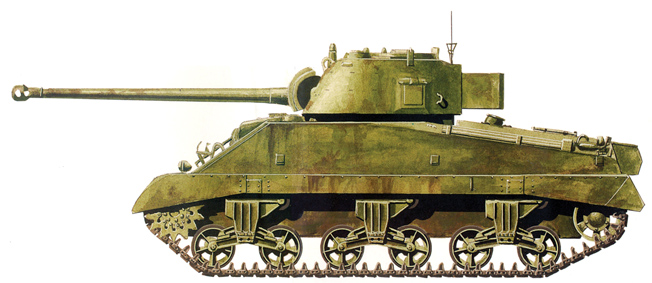
The Panzer VI Tiger became the most feared of German tanks; its 88mm KwK 36 gun had a devastating punch. The 20-pound shell could pierce 100mm of armor at 1,000 yards, making the Sherman, with its 76mm of frontal armor, easy prey.
The 54-ton Tiger was heavily armored and superb in defense but was slow (23 mph) and needed two sets of tracks, one for travel and one for combat, and suffered from poor mechanical reliability.
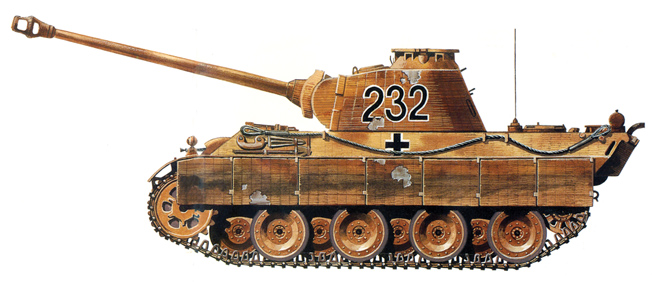
The Panzer Mark V Panther is regarded as the best tank of the Normandy campaign; indeed, many experts consider it as the best design of World War II. Less heavily gunned than the Tiger but far more mobile and reliable, it weighed 45 tons and had a top speed of 34 mph. The 14-pound shell fired from its 75mm KwK 42 gun could also pierce 100mm of armor at 1,000 yards.
Its only weakness against the Sherman was slow turret traverse. It was the first German tank with a sloping glacis plate, showing the clear influence of the Russian T-34 tank on its design. But the Americans held the edge in tank production; 49,000 Shermans were built during the war, while the Germans built only 5,805 Panthers.
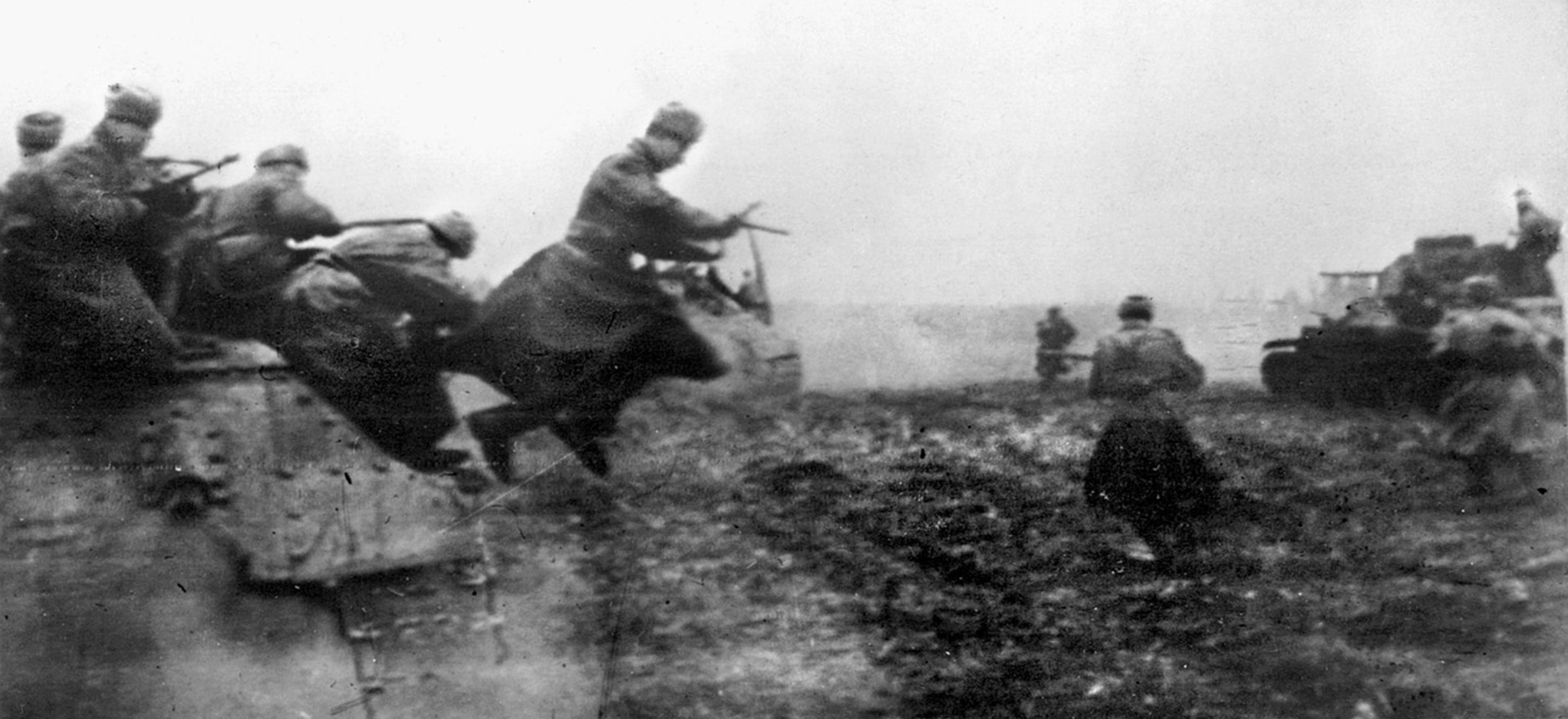
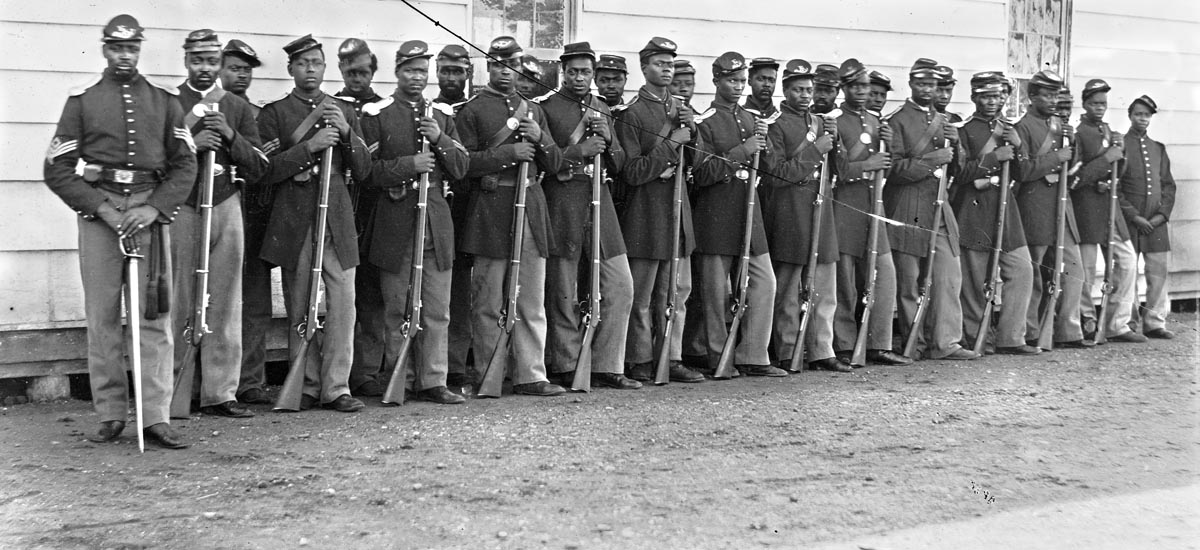
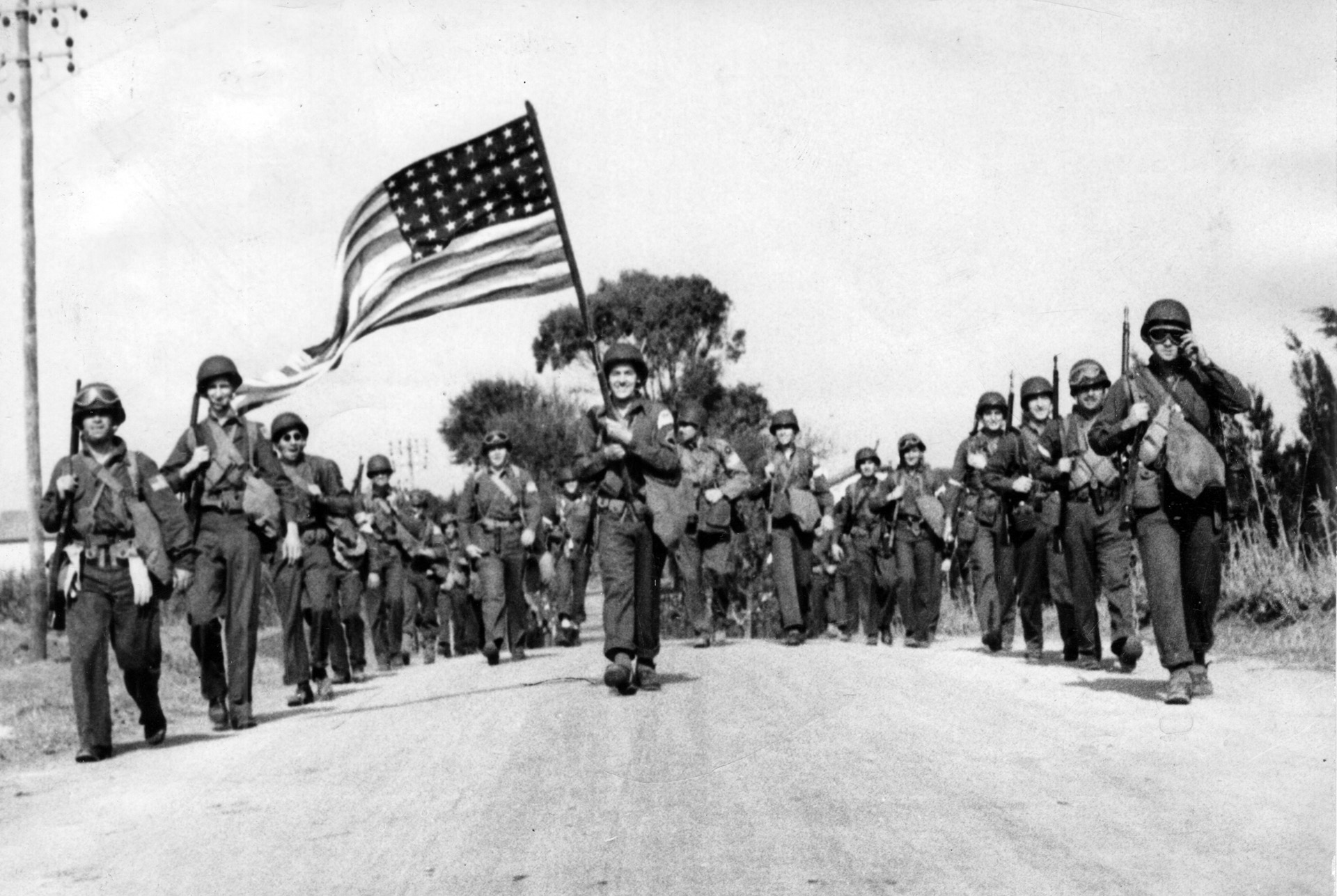
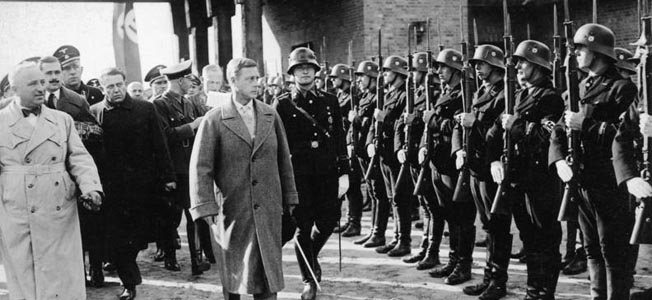
Join The Conversation
Comments
View All Comments